Small Cents
Smaller, Lighter, Easier to use
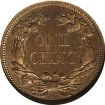
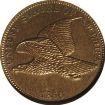
The US Mint began mass production of small cents in 1857. The reason for this decision is two-fold. First, the mint was losing money continuing to make large cents and half cents. It was costing the mint $1.06 to make $1.00 face value of these coins. They were expensive, heavy to carry around, and
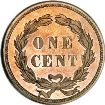
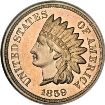
unsightly after circulation. Second, The Mint and the U.S. Government wanted to encourage people to use Federal coinage instead of Spanish coins for commerce. English coins were also being used at this time.
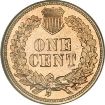
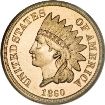
The making of a smaller and more economical coin was inevitable. Finally, after a lot of testing of different alloys, the mint decided on an alloy of 88% copper and 12% nickel.
The mint produced 1500 Flying Eagle cents in 1856 as pattern coins and the new small
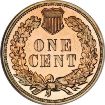
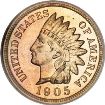
coppers began general circulation in 1857.
The word "Cent" is the correct terminology to use in describing this coin. Although some people incorrectly use the word "Penny" in its place. Regardless, they span many different series, from the Flying Eagle to the present
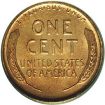
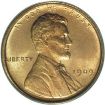
day Lincoln Memorial. Also they have a few different alloys from which they were made. Some issues are as high as 95% copper while others are as low as 2.5% copper. The 1943 steel cent remains, at least for now, the only US coins in history that do not contain copper.
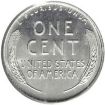
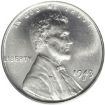
Like the large cents the U.S. Mint made seven distinct types of this series as well. They are listed below in sequential order.
Flying Eagle Type (1856-1858)
Indian Laurel Wreath (1859 only)
Indian Oak Wreath (1860-1864)
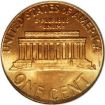
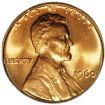
Indian Head Cents Bronze (1864-1909)
Lincoln Wheat Pennies (1909-1958)
Lincoln Steel Pennies (1943 only)
Lincoln Memorial Type (1959-2008)


